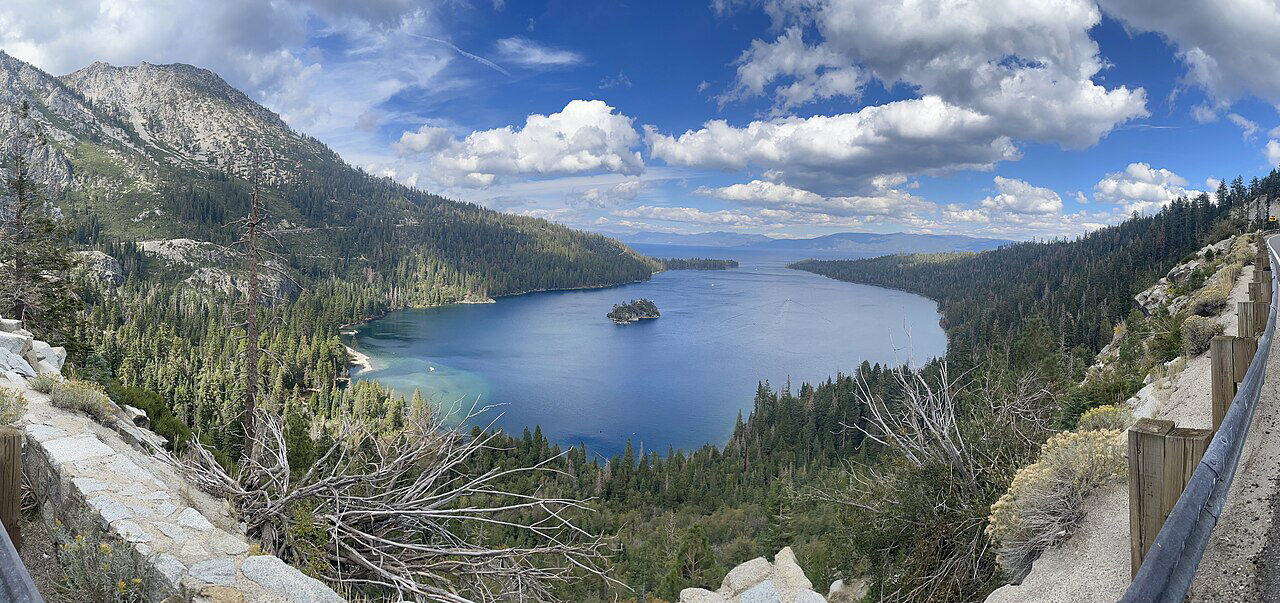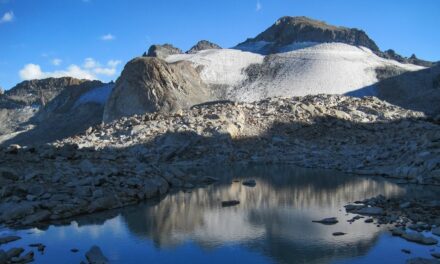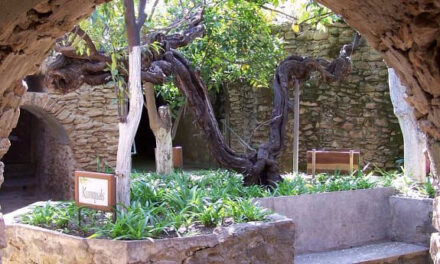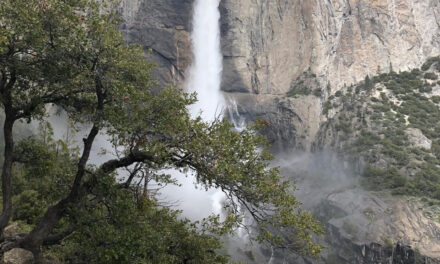Minnesota, we are told, is the “Land of Ten Thousand Lakes.”
That’s minus the Lakers of NBA fame that moved from Minneapolis to Los Angeles in 1960.
Los Angeles may not be renowned for its lakes, but California is.
What it lacks in quantity, California clearly makes up in variety. And perhaps, arguably, quality as well.
That’s not simply California bias. More about that in a bit.
The slogan “Land of a Thousand Lakes” seems to imply Minnesota smokes the other 49 states when it comes to the number of lakes.
Alaska, however, is the runaway lake king with more than 3 million.
Lakes cover more than 5 percent of Alaska. Most are remote, pristine, and only accessible by bush plane.
Wisconsin comes in at No. 2 with 15,000 plus lakes.
The largest lake has a familiar ring — Winnebago. It covers more than 130,000 acres.
Minnesota is third with 11,842 lakes over 10 acres in size or roughly the size of the 10 square block that make up a typical grid pattern 1950s tract home neighborhood.
Minnesota’s biggest lake claim to fame is being home to the world’s largest freshwater lake by surface area, Lake Superior.
It covers 43,000 square miles.
By comparison, the Great Central Valley from Bakersfield to Redding has just under 20,000 square miles.
Re-enforcing its name, Lake Superior holds 10 percent of the world’s fresh water.
Michigan is No. 4 on the list with over 11,000 lakes.
It also has more than 3,200 miles of shoreline along the Great Lakes.
For comparison, Florida has 1,350 miles of coastline while California has 840 miles.
Alaska has the most coastline miles at 6,640.
Washington is the fifth of the list with 8,000 plus lakes.
It’s star attraction is Lake Chelan.
It’s over 50 miles long and is one of the deepest lakes in the United States at 1,486 feet.
The deepest is Crater Lake in neighboring Oregon just north of the California border that’s 1,996 feet deep. It is the seventh deepest in the world.
Crater Lake is known for its extreme clarity that averages 102 feet deep as well as its rich blue color.
New York is sixth with 7,600 lakes and Florida seventh with 7,500 lakes including the second largest freshwater lake in the country.
Texas comes in eighth with 6,700 lakes.
Maine is No. 9 with 6,000 lakes.
California just makes the Top 10 list with over 3,000 lakes.
The Golden State’s lake variety is what sets it apartt.
It boasts alpine lakes, desert lakes, snippets of prehistoric lakes where salinity is double that of the ocean, mountain lakes, valley lakes, coastal lakes, and a massive born again lake with a surface that’s 226.4 feet below sea level.
California’s top 20 largest lakes in terms of surface area include 11 that are manmade behind reservoirs.
The largest among those is Lake Shasta with 28,470 acres of surface area.
Making the list in the 15th spot with 13,000 acres is San Luis Reservoir west of Los Banos.
Don Pedro on the Tuolumne River on the way to Yosemite via Highway 120 is 17th at 12,500 acres while New Melones on the Stanislaus River is 18th at 12,500 acres.
Salton Sea is largest
lake in California
The Salton Sea at 244,00 acres of surface area is by far the largest lake in California.
It is double the surface area of the runner-up, Lake Tahoe, at 122,000 acres,
The Salton Sea is also one of the most unusual in California.
It is in Imperial and Riverside counties north of the Mexico border.
It holds 6 million acre feet of water with a maximum depth of 43 feet.
It sits on the San Andreas Fault in what is known as the Salton Sea Trough.
Up until 1905 it boasted of the lowest land of 269 feet below sea level.
That compares to Death Valley’s Badwater — the lowest land point in North America — at 282 feet below sea level.
For thousands of years the Colorado River would alternate from flowing into the Salton Sea sink and being diverted elsewhere by nature.
When the river diverted around the valley, the lake dried completely, as it did around 1580.
The modern lake was formed from an inflow of water from the Colorado River in 1905.
Beginning in 1900, an irrigation canal was dug from the Colorado River to the old Alamo River channel to provide water to the Imperial Valley for farming.
The headgates and canals sustained a buildup of silt, so a series of cuts were made in the bank of the Colorado River to further increase the water flow. Water from spring floods broke through a canal head-gate, diverting a portion of the river flow into the Salton Basin for two years before repairs were completed.
The lake would have dried up in the early part of the 20th century, but water was being sent into the basin via irrigation canals tapping the Colorado River.
The Salton Sea has become a critical stopping point on the Pacific Flyway for migrating birds.?
Lake Tahoe with clarity
is state’s second largest
No rivers flow into Lake Tahoe.
The primary outflow is the Truckee River from the lake that straddles the California-Nevada state line.
It has a maximum depth of 1,645 feet with 71 miles of shoreline, a maximum length of 22 miles, a maximum width of 12 miles, and clarity as deep as 71 feet.
The average depth of the lake formed 2 million years ago is 1,000 feet.
It is the second deepest lake in the country after Crater Lake.
It holds 120 million acre feet of water, a volume only topped by each of the five Great Lakes.
Lake Tahoe’s water is three times the annual water use for all of California including urban and farm areas.
It is 50 times more water than New Melones reservoir holds at its maximum capacity of 2.4 million acre feet.
The state’s third largest lake — Goose Lake — has a surface area of 94,000 acres.
The large alkaline lake straddles the California-Oregon border.
The California portion is in the extreme northeastern corner of the state where you will find Modoc County.
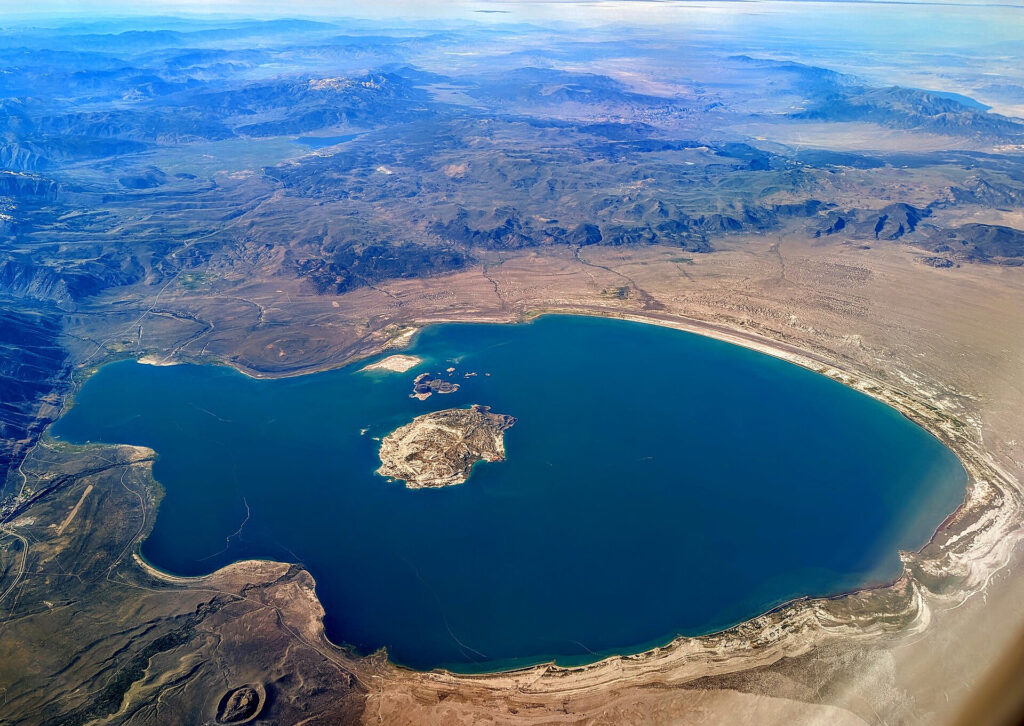
Mono Lake — a lake
with no water outlet
California’s fourth largest lake with 55,179 acres of surface area in Mono Lake.
It is just east of Yosemite National Park with Highway 120 skirting its southern shore.
It is 13 miles long at its maximum point and its width is up to 9.3 miles.
The average depth is 57 feet and the deepest is 159 feet.
The surface elevation is at 6,383 feet on the western edge of the Great Basin.
The lake formed at least 760,000 years ago as a terminal lake.
The lack of an outlet causes high levels of salts to accumulate in the lake which make its water alkaline.
The high desert lake has a thriving ecosystem based on brine shrimp.
It provides critical habitat for two million annual migratory birds that feed on the shrimp and alkali flies
Honey Lake is the state’s fifth largest lake.
In the early spring, the northeastern California lake in Lassen County south of Susanville near the Nevada border has a surface area of 47,000 acres
During the summer, the lake is reduced to a level of 3,000 acres due to evaporation, thus creating a dry lake.
